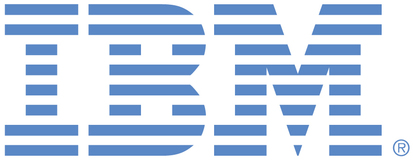Support/Status/View:
Displays the status of all running applications, services, and microservices in a topology view, indicated by color codes (green/yellow/red).
- Selecting any node or application displays the connected and affected services.
- Right-clicking on a node provides the following options:
- Support Ticket: Initiates a support ticket for the selected application node and runs services to gather all necessary diagnostic data (must gathers) for the affected application, service, or microservice.
- Debug Mode (for Support Engineers): Launches the application in debug mode, enabling support engineers to directly access the customer or deployed environment with restricted access (debug read-only mode) for further investigation.
Measurable Benefits :
• Reduced Time to Reproduce Client’s Reported Issue: Faster identification and resolution improve efficiency and minimize downtime, directly reducing the Time to Resolution (TTR).
• Saves Resources and Time: Eliminates the need to replicate the customer’s environment, conserving IT resources, time, and effort.
• Accurate Client Use Case Scenarios: By using the same set of data and configurations, the problem diagnosis becomes more precise, reducing the need for multiple iterations and enhancing the overall troubleshooting process.
• Optimized System Efficiency: Minimizes IT resource usage and power consumption, contributing to reduced carbon footprint and cost savings.
• Maintains Data Secrecy: By avoiding the need for clients to scrub their data or send it for replication, data privacy and security risks are mitigated. Debugging directly in the client environment ensures sensitive information remains protected.
• Reduces Support Costs: Optimized troubleshooting processes lower operational expenses, making support more cost-efficient.
• Enhances Overall Customer Satisfaction: Faster resolution times, secure handling of sensitive data, and active engagement with clients strengthen trust and satisfaction.
Return on Investment :
• Reduces the time and IT resources needed to replicate customer issues.
• Active client engagement as client troubleshoots together with support (debug user) to identify root cause: Builds stronger client relationships and trust while improving the efficiency of issue resolution.
• Costs saving as we do not need to send onsite resources to troubleshoot issues when clients do not allow remote troubleshooting: Significant financial savings by avoiding travel and onsite support expenses.
Key Risks and Dependencies :
• On request, traces should be enabled on the affected deployed applications/services.
• No risk of SPI (Sensitive Personal Information) leakage as debugging is conducted in client’s environment via debug user: While secure, this process depends on client cooperation and setup.
• Client use case scenario is more accurate because the same set of data and configurations are used: The success of this approach relies on the client maintaining consistent and complete configurations.
• Do not need client to scrub their data: Relies on client willingness to cooperate with on-site or debug-user-assisted troubleshooting instead of sending sanitized datasets.

